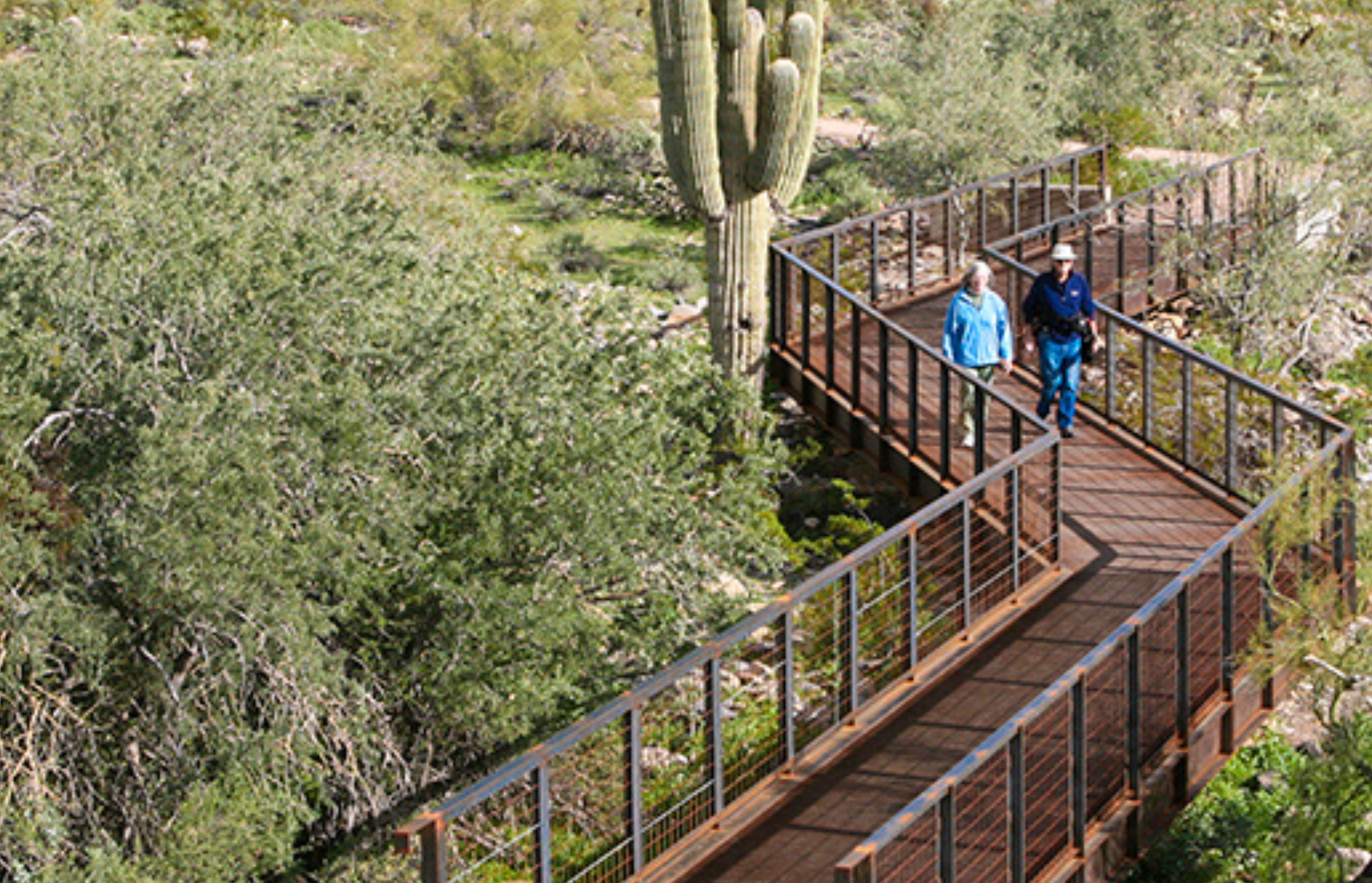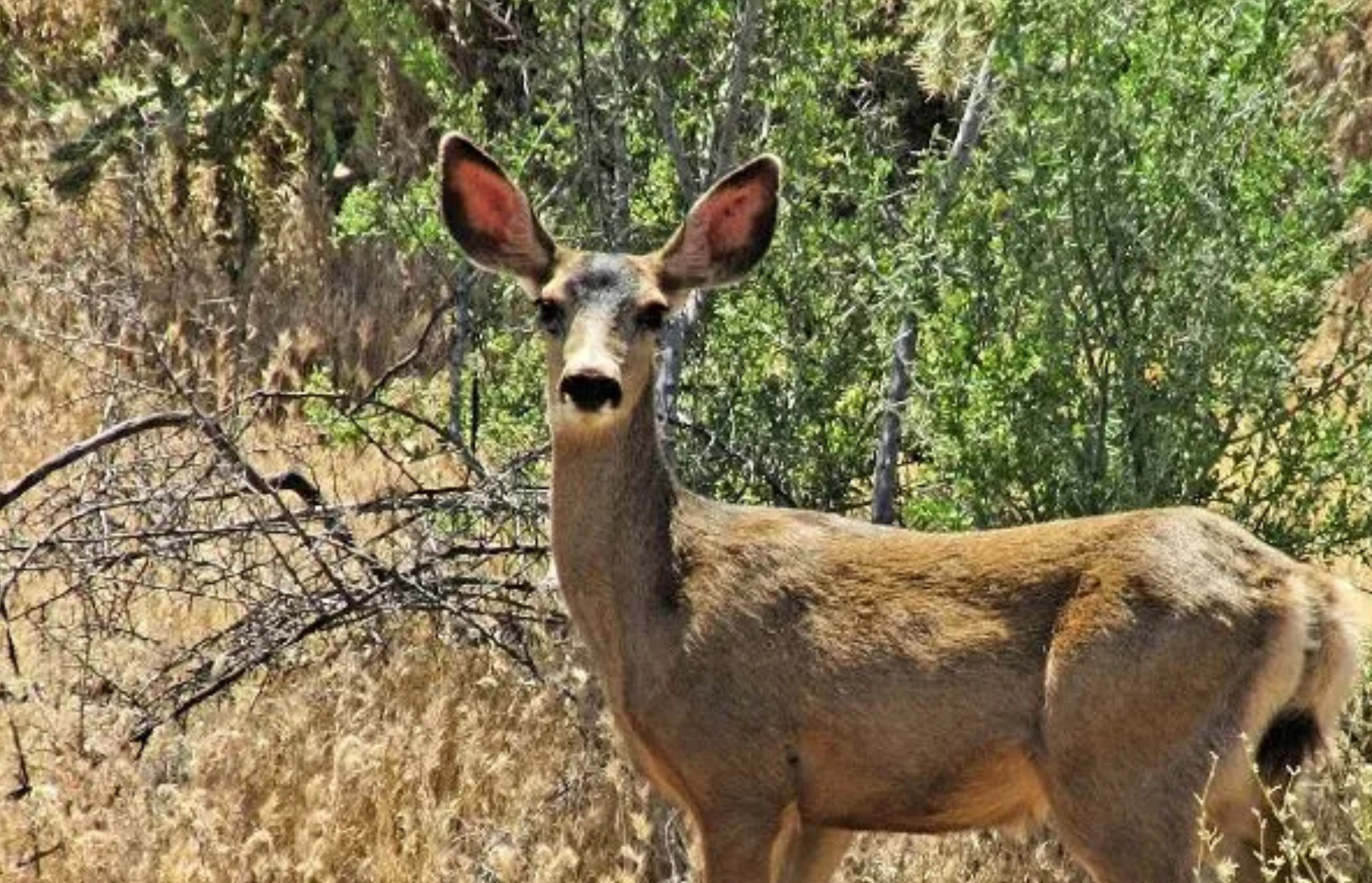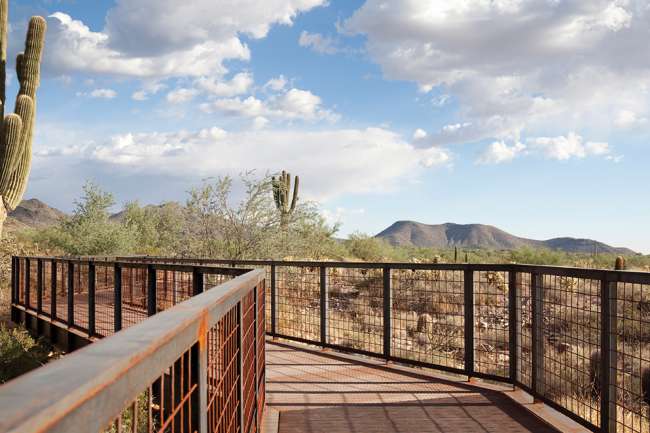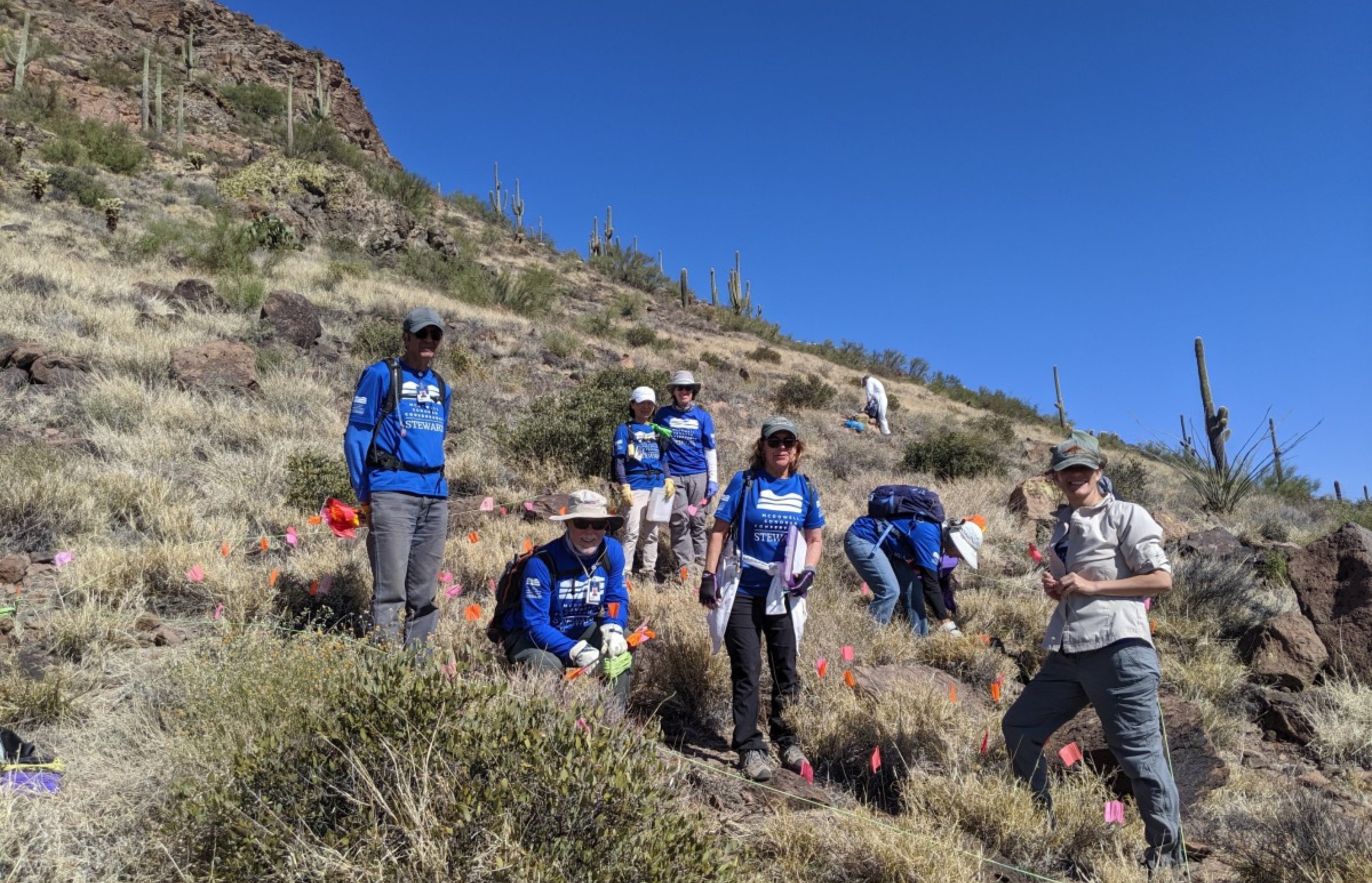 The McDowell Sonoran Preserve was established by the City of Scottsdale in the early 1990s to create a sustainable desert habitat for wildlife and flora while allowing for passive public recreation. In 1997, Scottsdale's Desert Preservation Task Force planned the northern expansion of the Preserve, which included a proposed land bridge over Rio Verde Drive to connect the McDowell Mountains with the Tonto National Forest. Voter approval in 2004 secured funding for land acquisition and improvements (such as the overpass) through a 0.15% Preserve Tax.
The McDowell Sonoran Preserve was established by the City of Scottsdale in the early 1990s to create a sustainable desert habitat for wildlife and flora while allowing for passive public recreation. In 1997, Scottsdale's Desert Preservation Task Force planned the northern expansion of the Preserve, which included a proposed land bridge over Rio Verde Drive to connect the McDowell Mountains with the Tonto National Forest. Voter approval in 2004 secured funding for land acquisition and improvements (such as the overpass) through a 0.15% Preserve Tax.
Scottsdale’s City Charter prioritizes the preservation of local plants, wildlife, and natural resources to sustain the area’s ecological diversity. The need for wildlife linkages and migration routes has been recognized in city planning since 2001, with the Scottsdale General Plan 2035 reinforcing this goal. The Gooseneck Region, which connects the northern part of the Preserve with the southern part, was specifically acquired to provide a corridor for animal movement as urban development encroaches on natural habitats.
 The planned widening of Rio Verde Drive from two to four lanes due to population growth increases the urgency of constructing a wildlife overpass. Larger animals like mule deer require the ability to move freely across their range for survival, and fragmented populations are at greater risk of extinction, particularly in rapidly urbanizing desert areas. The 2012 Maricopa County Wildlife Connectivity Assessment identified the McDowell Sonoran Preserve as a crucial linkage between the McDowell Mountains and the Tonto National Forest. Additionally, the Gooseneck Trail crossing at 128th Street will become more hazardous with increased traffic, impacting both wildlife and Preserve users such as hikers, bikers, and equestrians.
The planned widening of Rio Verde Drive from two to four lanes due to population growth increases the urgency of constructing a wildlife overpass. Larger animals like mule deer require the ability to move freely across their range for survival, and fragmented populations are at greater risk of extinction, particularly in rapidly urbanizing desert areas. The 2012 Maricopa County Wildlife Connectivity Assessment identified the McDowell Sonoran Preserve as a crucial linkage between the McDowell Mountains and the Tonto National Forest. Additionally, the Gooseneck Trail crossing at 128th Street will become more hazardous with increased traffic, impacting both wildlife and Preserve users such as hikers, bikers, and equestrians.
The 2013 Arizona Game and Fish Department study highlighted the dangers of wildlife-vehicle collisions (WVCs), which result in significant property damage and loss of human life. The study emphasized that wildlife crossings enhance motorist safety and maintain habitat connectivity. The proposed overpass at the Gooseneck aims to mitigate these issues by providing a dedicated wildlife crossing, reducing the risk of accidents, and ensuring ecological continuity.
 The overpass, currently estimated at $35 million as a standalone project, is slated for construction between 2027 and 2030. Cost savings are expected if the overpass is integrated with the road-widening project, as demonstrated by similar projects on SR 77 and US 93. The funding comes from the 2004 Preserve Tax, which is restricted to Preserve-related expenditures. While Proposition 420 introduced stricter controls on Preserve developments, proponents argue that the overpass aligns with the measure’s exemptions for pre-approved projects.
The overpass, currently estimated at $35 million as a standalone project, is slated for construction between 2027 and 2030. Cost savings are expected if the overpass is integrated with the road-widening project, as demonstrated by similar projects on SR 77 and US 93. The funding comes from the 2004 Preserve Tax, which is restricted to Preserve-related expenditures. While Proposition 420 introduced stricter controls on Preserve developments, proponents argue that the overpass aligns with the measure’s exemptions for pre-approved projects.
Arizona Game and Fish supports the overpass, citing its importance in maintaining wildlife connectivity. The agency’s research underscores the detrimental effects of roads on animal movements and the benefits of dedicated wildlife crossings. Polling consistently shows strong public support for conservation efforts within the Preserve, with wildlife protection being a primary concern for voters.
 With Scottsdale having invested over a billion dollars in the McDowell Sonoran Preserve, completing the overpass is a logical step in fulfilling the city’s long-term conservation commitments. The project aligns with scientific recommendations, enhances public safety, and honors the community’s commitment to preserving wildlife corridors in the face of urban expansion.
With Scottsdale having invested over a billion dollars in the McDowell Sonoran Preserve, completing the overpass is a logical step in fulfilling the city’s long-term conservation commitments. The project aligns with scientific recommendations, enhances public safety, and honors the community’s commitment to preserving wildlife corridors in the face of urban expansion.
The Rio Verde Overpass is now facing opposition from certain Scottsdale City Council members who seek to remove it from the City Budget for Fiscal Year 2025/2026 and eliminate its dedicated funding. Supporters of the project are urging that funding remain in place until more information is available about the road widening, allowing for a well-informed decision on design, cost, and construction timing. A citizen’s petition is currently being circulated to rally support for this approach, with signed petitions set to be delivered to the City Council on May 6th.
If you would like to become a petition circulator and help gather signatures, please click on the link below: Sign Up to Circulate the Petition
If you simply would like to sign the petition, click on the link below and someone will advise convenient times and places where you can find a petition circulator: Request to Sign the Petition
#Scottsdale #WildlifeConservation #McDowellSonoranPreserve #RioVerdeOverpass #HabitatConnectivity #SaveThePreserve #AZWildlife #SustainableScottsdale
Works CIted
Arizona Game and Fish Department, Wildlife Connectivity Research (2013)
Maricopa County Wildlife Connectivity Assessment (2012)
Scottsdale General Plan 2035
City of Scottsdale, McDowell Sonoran Preserve Planning Documents




